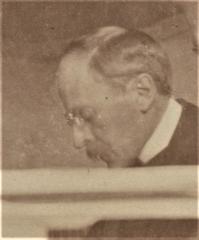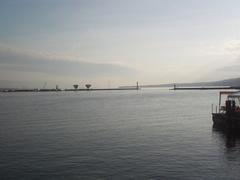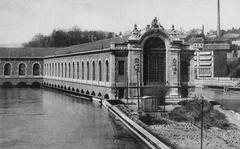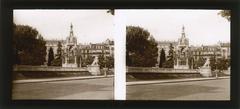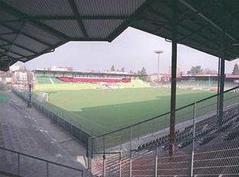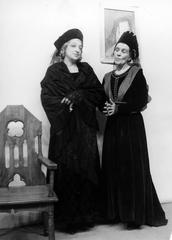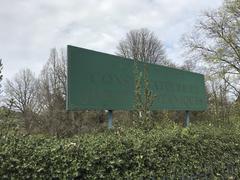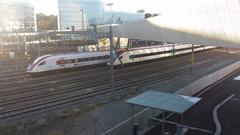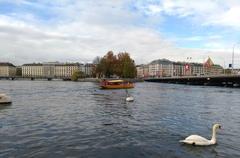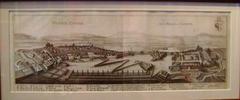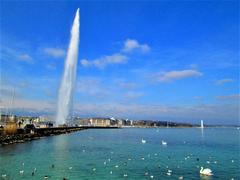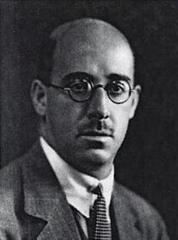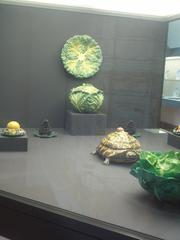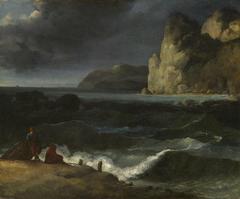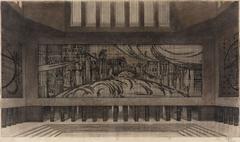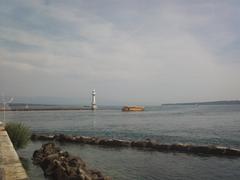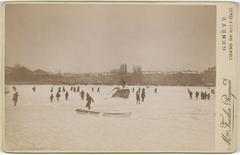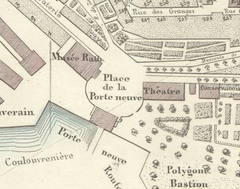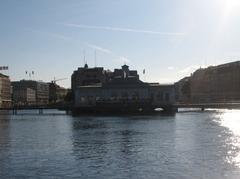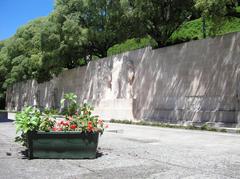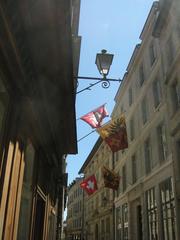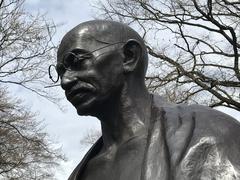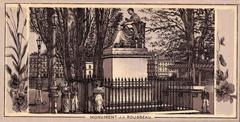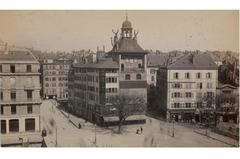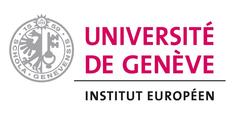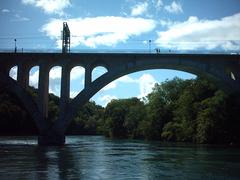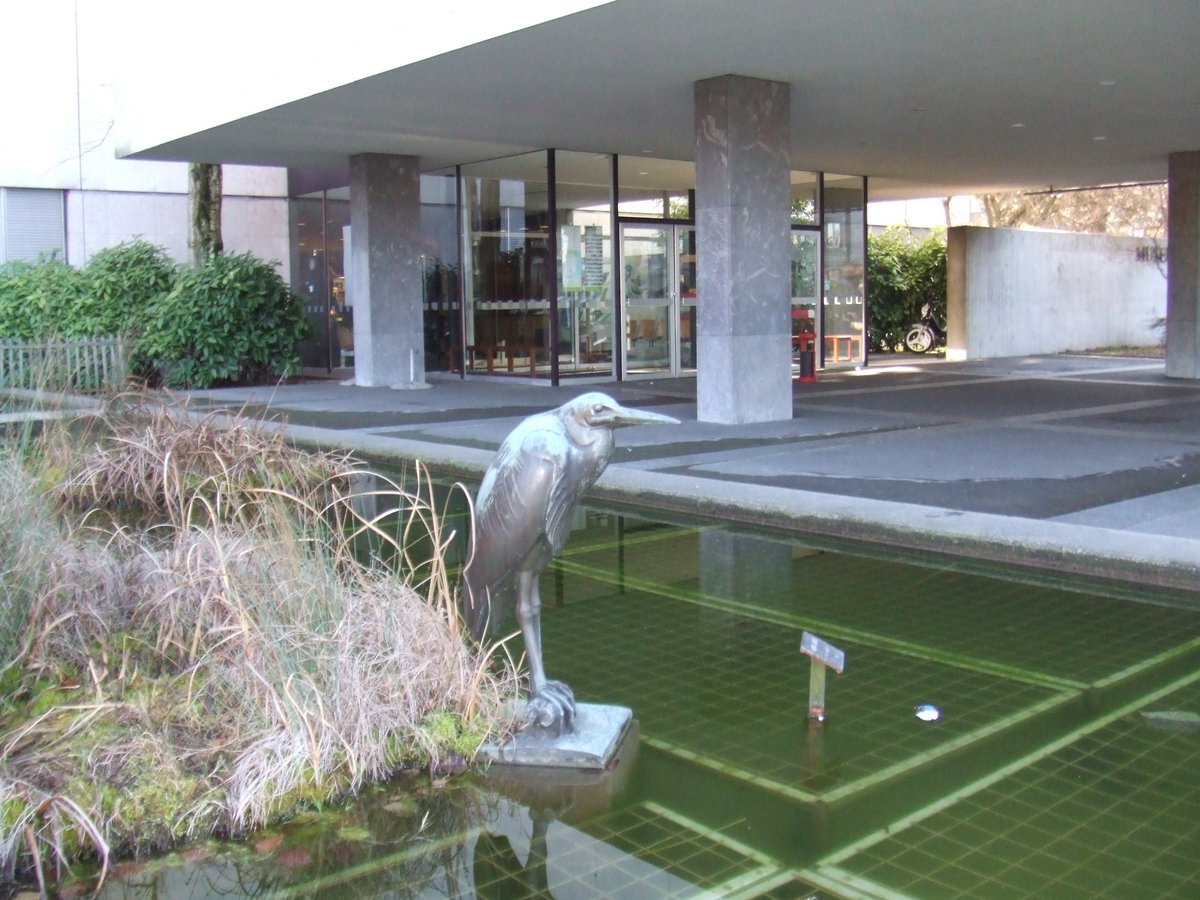
Comprehensive Guide to Visiting Muséum d’Histoire Naturelle, Geneva, Switzerland
Date: 18/07/2024
Introduction
Nestled in the heart of Geneva, the Muséum d’Histoire Naturelle offers a captivating journey through the wonders of natural history. Established in 1820, this iconic institution stands as the largest natural history museum in Switzerland, drawing visitors from around the globe. The museum’s rich history, diverse collections, and significant contributions to scientific research and education make it a must-visit destination for anyone interested in the natural world (source). Whether you’re a history buff, a nature enthusiast, or a curious traveler, the Muséum d’Histoire Naturelle provides an enriching experience that combines education, conservation, and public outreach (source). This comprehensive guide covers everything you need to know about visiting the museum, including its history, visiting hours, ticket prices, nearby attractions, and more.
Table of Contents
- [Introduction](#introductionintroduction)
- [History of the Muséum d’Histoire Naturelle](#history-of-the-muséum-dhistoire-naturellehistory-of-the-muséum-dhistoire-naturelle)
- [Origins and Early Development](#origins-and-early-developmentorigins-and-early-development)
- [Expansion in the 19th Century](#expansion-in-the-19th-centuryexpansion-in-the-19th-century)
- [The Role of the Société de Physique et d’Histoire Naturelle](#the-role-of-the-société-de-physique-et-dhistoire-naturellethe-role-of-the-société-de-physique-et-dhistoire-naturelle)
- [The New Building in 1966](#the-new-building-in-1966the-new-building-in-1966)
- [Notable Collections and Exhibits](#notable-collections-and-exhibitsnotable-collections-and-exhibits)
- [Visitor Information](#visitor-informationvisitor-information)
- [Opening Hours](#opening-hoursopening-hours)
- [Ticket Prices](#ticket-pricesticket-prices)
- [Travel Tips](#travel-tipstravel-tips)
- [Nearby Attractions](#nearby-attractionsnearby-attractions)
- [Special Sections](#special-sectionsspecial-sections)
- [Special Events and Guided Tours](#special-events-and-guided-toursspecial-events-and-guided-tours)
- [Photographic Spots](#photographic-spotsphotographic-spots)
- [Contributions to Science and Education](#contributions-to-science-and-educationcontributions-to-science-and-education)
- [Recent Developments and Future Plans](#recent-developments-and-future-plansrecent-developments-and-future-plans)
- [FAQ](#faqfaq)
- [Conclusion](#conclusionconclusion)
- [References](#referencesreferences)
History of the Muséum d’Histoire Naturelle
Origins and Early Development
The Muséum d’Histoire Naturelle in Geneva, Switzerland, traces its origins back to the early 19th century. The museum was officially founded in 1820, a period marked by a burgeoning interest in natural sciences across Europe. The initial collection was modest, comprising mainly of local flora and fauna, minerals, and a few ethnographic items. These early collections were largely the result of donations from private collectors and naturalists who were passionate about the natural world.
Expansion in the 19th Century
The museum’s collection grew significantly throughout the 19th century, thanks to the contributions of several key figures. One of the most notable was François Jules Pictet de la Rive, a Swiss zoologist and paleontologist who served as the museum’s director from 1835 to 1872. Under his leadership, the museum expanded its collections and gained international recognition. Pictet de la Rive was instrumental in acquiring numerous specimens, including fossils and exotic animals, which greatly enriched the museum’s offerings.
The Role of the Société de Physique et d’Histoire Naturelle
The Société de Physique et d’Histoire Naturelle de Genève (SPHN), founded in 1790, played a crucial role in the museum’s development. The society was a driving force behind the establishment of the museum and continued to support it through donations and scientific research. The SPHN’s members were actively involved in collecting and studying specimens, which were then added to the museum’s collection. This collaboration between the museum and the SPHN helped to establish Geneva as a center for natural science research.
The New Building in 1966
By the mid-20th century, the museum’s collection had outgrown its original location. In 1966, a new building was inaugurated to house the ever-expanding collection. The new facility, located in the Malagnou district of Geneva, was designed to provide ample space for both the exhibits and the museum’s research activities. The modern architecture of the building, with its spacious galleries and state-of-the-art facilities, allowed for a more comprehensive and engaging presentation of the museum’s collections.
Notable Collections and Exhibits
The Muséum d’Histoire Naturelle is renowned for its extensive and diverse collections. One of the highlights is the collection of fossils, which includes specimens from the Jurassic period found in the Jura Mountains. The museum also boasts an impressive array of minerals and gemstones, many of which are displayed in the beautifully curated mineralogy gallery.
Another significant collection is the museum’s array of taxidermy animals, which includes specimens from all over the world. The dioramas, which recreate natural habitats, are particularly popular with visitors. These exhibits provide a fascinating glimpse into the diversity of life on Earth and the importance of conservation.
Visitor Information
Opening Hours
The Muséum d’Histoire Naturelle is open from Tuesday to Sunday, 10:00 AM to 5:00 PM. It is closed on Mondays and certain public holidays. Please check the official website for the most up-to-date information on visiting hours.
Ticket Prices
Admission to the museum is free for all visitors. However, special exhibitions may have an entry fee. For more information on ticket prices and to book tickets in advance, visit the official website.
Travel Tips
The museum is located in the Malagnou district of Geneva and is easily accessible by public transportation. The nearest bus stop is “Muséum,” which is served by several bus lines. Parking is limited, so it is recommended to use public transport or walk if you are staying nearby.
Nearby Attractions
While visiting the Muséum d’Histoire Naturelle, you can also explore other historical sites in Geneva, such as the Jet d’Eau, St. Pierre Cathedral, and the Reformation Wall. The Jardin Anglais and Parc des Bastions are also nearby and offer beautiful green spaces to relax.
Special Sections
Special Events and Guided Tours
The museum hosts a variety of special events throughout the year, including temporary exhibitions, workshops, and lectures. Guided tours are available for groups and can be booked in advance through the museum’s website. These tours provide deeper insights into the museum’s collections and are led by knowledgeable guides.
Photographic Spots
The museum offers numerous photographic opportunities, from the detailed dioramas to the beautiful mineralogy gallery. The modern architecture of the building itself is also a popular spot for photography enthusiasts.
Contributions to Science and Education
Throughout its history, the Muséum d’Histoire Naturelle has been a center for scientific research and education. The museum’s researchers have made significant contributions to various fields, including paleontology, zoology, and mineralogy. The museum also collaborates with universities and research institutions, both in Switzerland and internationally, to advance the study of natural sciences.
In addition to its research activities, the museum is committed to education and public outreach. It offers a wide range of educational programs, including guided tours, workshops, and lectures, aimed at audiences of all ages. These programs are designed to inspire curiosity and foster a deeper understanding of the natural world.
Recent Developments and Future Plans
In recent years, the Muséum d’Histoire Naturelle has continued to evolve, embracing new technologies and methodologies to enhance its exhibits and research capabilities. The museum has undertaken several renovation projects to update its facilities and improve the visitor experience. One of the most notable recent developments is the creation of interactive exhibits that utilize digital technology to provide a more immersive and engaging experience for visitors.
Looking to the future, the museum has ambitious plans to further expand its collections and enhance its role as a center for scientific research and education. These plans include the development of new exhibits, the acquisition of additional specimens, and the expansion of its educational programs. The museum is also committed to sustainability and is exploring ways to reduce its environmental impact and promote conservation efforts.
FAQ
Q: What are the Muséum d’Histoire Naturelle visiting hours? A: The museum is open from Tuesday to Sunday, 10:00 AM to 5:00 PM. It is closed on Mondays and certain public holidays.
Q: How much are the tickets to the Muséum d’Histoire Naturelle? A: Admission to the museum is free for all visitors. Special exhibitions may have an entry fee.
Q: What are the nearby attractions to the Muséum d’Histoire Naturelle? A: Nearby attractions include the Jet d’Eau, St. Pierre Cathedral, the Reformation Wall, Jardin Anglais, and Parc des Bastions.
Conclusion
The Muséum d’Histoire Naturelle in Geneva is not just a museum; it’s a gateway to understanding the natural world. From its extensive collections to its cutting-edge research and educational programs, it offers a unique experience for visitors. For more information and to plan your visit, check out the official website. Don’t forget to download the Audiala mobile app for more updates and follow the museum on social media.


